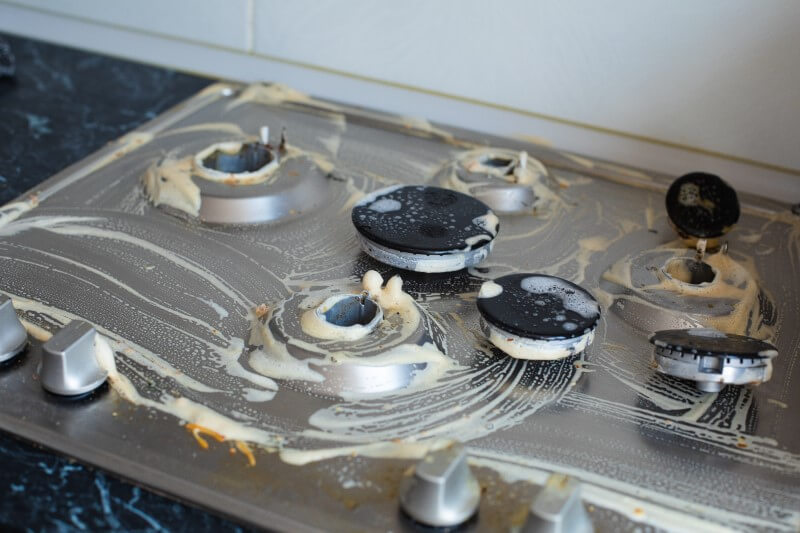The Hidden Dangers of Poorly Maintained Kitchen Equipment

Behind every successful restaurant or food service operation, there is an operational efficiency factor. There is no doubt that the food industry demands excess hard work, whether it is in prepping the food or utilising the best equipment in the commercial kitchen. From fryers, mixers, ovens, and slicers to coolers and refrigeration units, all keep service running smoothly. But, when maintenance is overlooked, the essential tools are quickly turned against you in the form of liabilities.
Poorly maintained kitchen equipment doesn’t just slow down the operation and food services. It leads to hidden risks that impact the food quality, employee safety and even business profitability.
Let’s understand how equipment is important to be kept in top condition.
1: Food Safety Risk
One of the biggest dangers of neglecting the commercial kitchen’s equipment is contamination. Cracked seals, clogged filters or dirty blades can all harbour bacteria. Refrigeration units that fail to hold temperature may put perishable foods into the danger zone. This creates perfect conditions for spoilage and foodborne illness.
In commercial restaurants, one incident of unsafe food can damage reputation and result in costly health code violations. It is important to regularly keep up the maintenance of the equipment and support food safety.
2: Increased Risk of Accidents
Worn-out or malfunctioning equipment is a safety hazard for kitchen staff. A dull slicer blade can force the employee to apply more pressure while cutting and thus increases the chances of a cut. A faulty fryer can have thermostats wrong, and food can burn in hot oil or be left uncooked evenly. Even the smallest fault in the commercial equipment can lead to serious risks.
Thus, it is important to have routine inspections and timely repairs due to workplace accidents, protecting both your team and your operation.
3: Higher Operating Costs
Poor maintenance doesn’t just put safety at risk; it hits your bottom line. Dirty condenser coils in refrigerators make the unit work harder, driving up the energy bills. Unfiltered fryer oil breaks down faster, leading to more frequent replacements. Malfunctioning mixers or ovens slow down the prep and production, resulting in long lines on food tickets and wasted labour.
Preventive maintenance helps equipment run more efficiently, saving money in the long term.
4: Shortened Equipment Lifespan
Commercial equipment is a big investment. Without proper care, you shorten its lifespan dramatically. For example, failing to replace worn grinder plates or fryer filters forces the machine to work harder, leading to costly breakdown or premature replacement.
By following the routine inspection and manufacturer guide on how to fix your equipment, it is best to let an expert handle the faults in equipment and avoid unexpected downtime.
5: Service Disruptions During Peak Hours
Few things are more stressful than equipment failure in the middle of a dinner rush. A broken slicer, mixer or grinder can suddenly stop the automated kitchen operations and throw the whole kitchen into chaos. This leads to slower kitchen operations, slow food delivery and loss of customers and revenue. Hence, it is better to ensure services are never disrupted in peak hours and operations run smoothly.
The Bottom Line
Poorly maintained kitchen equipment carries hidden dangers that extend far beyond the machine itself. From food safety to risk and employee health concerns, operating costs and service disruption factors are something to gamble on. When no food service is completed, the business cannot afford it, and it will be shut down.
However, by preventive maintenance in your routine services, you can protect the staff and customers from any danger of poor equipment.
At M&M Equipment Corp, we don’t just sell the commercial equipment. We provide a durable, high-performance solution that is built to last longer. Whether you are replacing outdated equipment or getting modern smart technology, our experts are here to guide you through the process.
